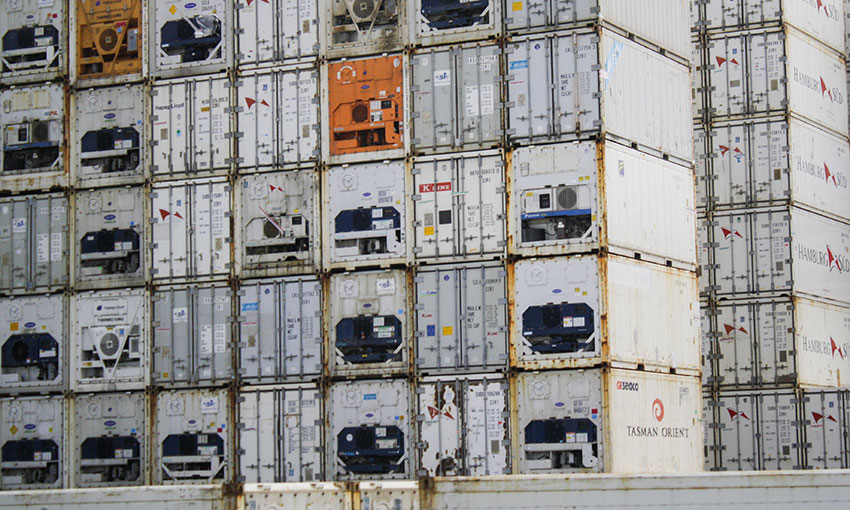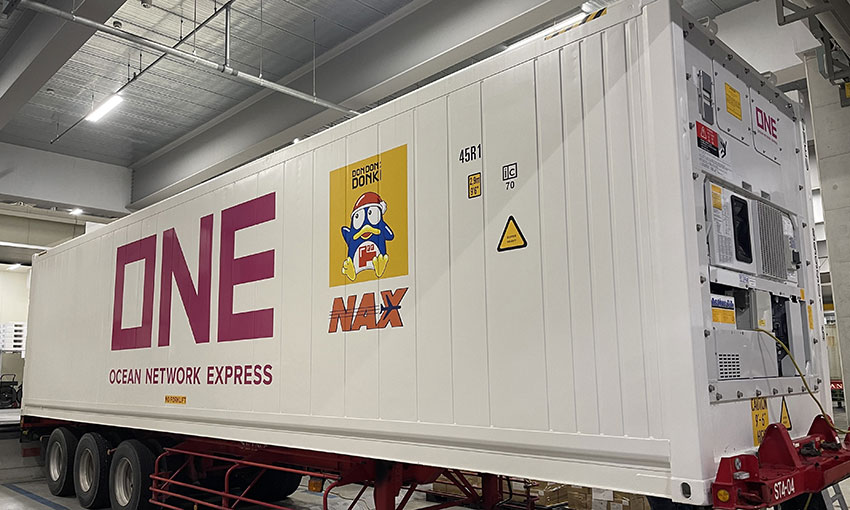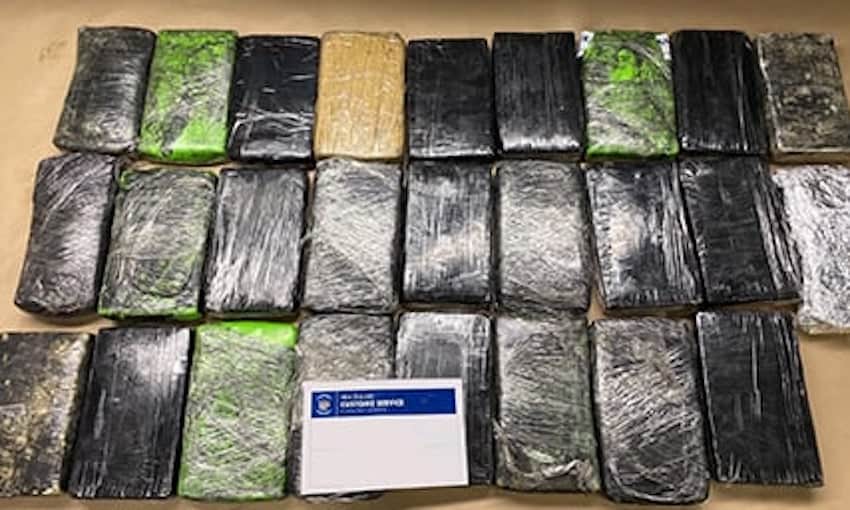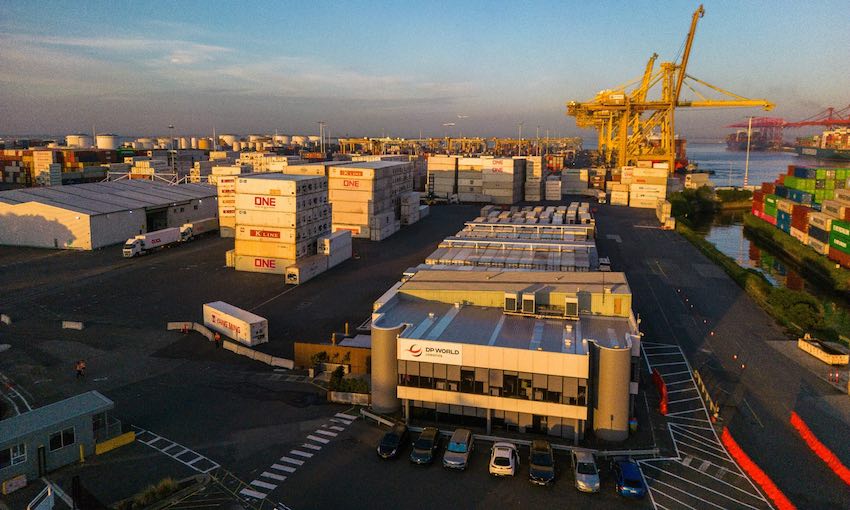FROZEN food temperatures could be changed by three degrees during transport and storage to save 17.7 million tonnes of carbon dioxide emissions per year, according to new research.
Most frozen food is transported and stored at -18 degrees Celsius. A move to -15 degrees could make a significant environmental impact with no compromise on food safety or quality, the study found
The study, conducted by the Paris-based International Institute of Refrigeration, the University of Birmingham and London South Bank University, among others, found that the small change could:
- save 17.7 million tonnes of carbon dioxide per year,
- create energy savings of around 25 terawatt-hours (TW/h) – equivalent to 8.63% of the UK’s annual energy consumption, and
- cut costs in the supply chain by at least 5% and in some areas by up to 12%.
DP World supported the research, and has launched an industry-wide coalition to explore the feasibility of this change, named Join the Move to -15°C.
This coalition aims to redefine frozen food temperature standards to cut greenhouse gases, lower supply chain costs and secure food resources for the world’s growing population.
Several organisations have joined the coalition, including US-based AJC Group; A.P. Moller – Maersk of Denmark; Daikin of Japan; DP World; the Global Cold Chain Alliance; Switzerland’s Kuehne + Nagel International; US-based Lineage; Mediterranean Shipping Company of Switzerland; and Singapore-based Ocean Network Express.
DP World chief sustainability officer Maha AlQattan said: “Frozen food standards have not been updated in almost a century. They are long overdue for revision.
“A small temperature increase could have huge benefits but – however committed each individual organisation is – the industry can only change what’s possible by working together,” she said.
“With this research and with our newly formed coalition, we aim to support collaboration across the industry to find viable ways to achieve the sector’s shared net zero ambition by 2050.”
Ms AlQattan said the move to -15°C would bring the industry together to explore new, greener standards to help decarbonise the sector on a global scale.
“Through this research, we can see how we can deploy accessible storage technologies in all markets to freeze food at sustainable temperatures, while reducing food scarcity for vulnerable and developed communities,” she said.
Professor Toby Peters, University of Birmingham and Heriot-Watt University and director of the Centre for Sustainable Cooling said: “Cold chains are critical infrastructure, vital for a well-functioning society and economy. They underpin our access to safe and nutritious food and health, as well as our ability to spur economic growth. Cold chain infrastructure, and the lack of it, have implications for global climate change and the environment.”
Mr Peters said the UN predicts a population of 9.7 billion by 2050.
“To ensure food accessibility, we must close the 56% gap in the global food supply between what was produced in 2010 and what will be needed in 2050,” he said.
“Cutting cold chain emissions and transforming how food is safely stored and moved today helps ensure we can keep sustainably feeding communities across the globe as populations and global temperatures rise, protecting nutritious food sources for years to come.”




